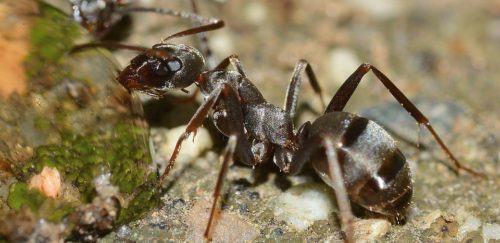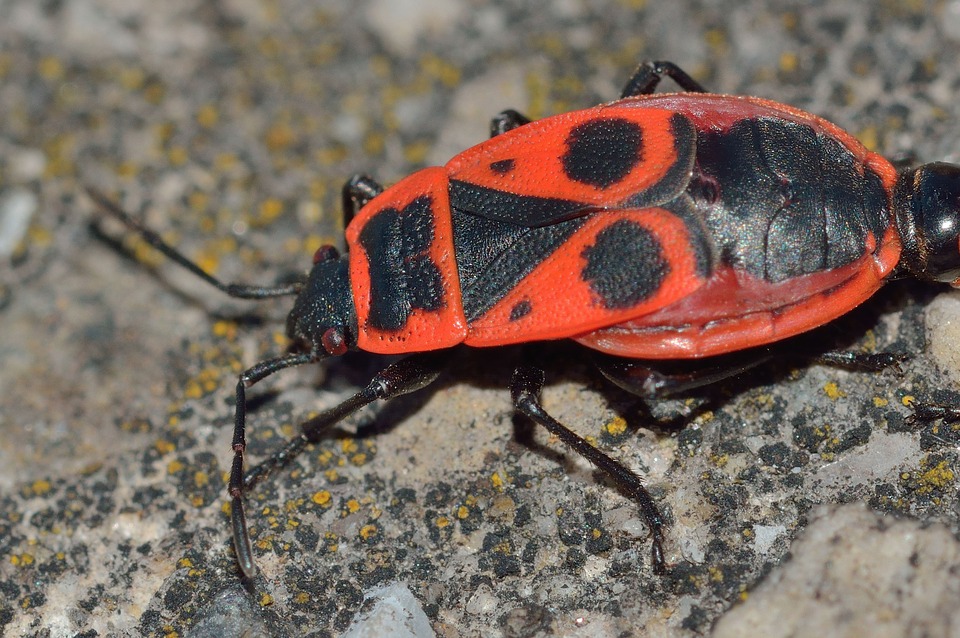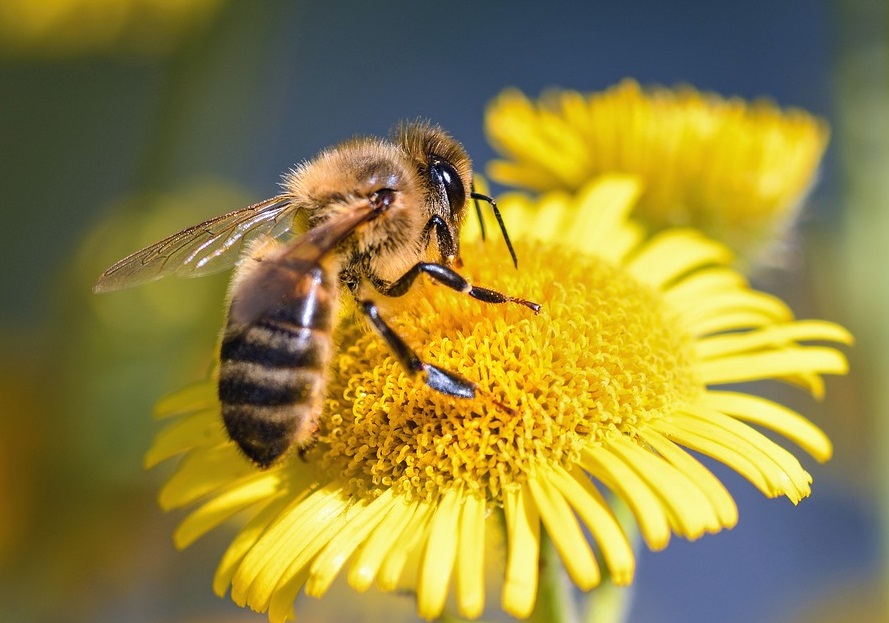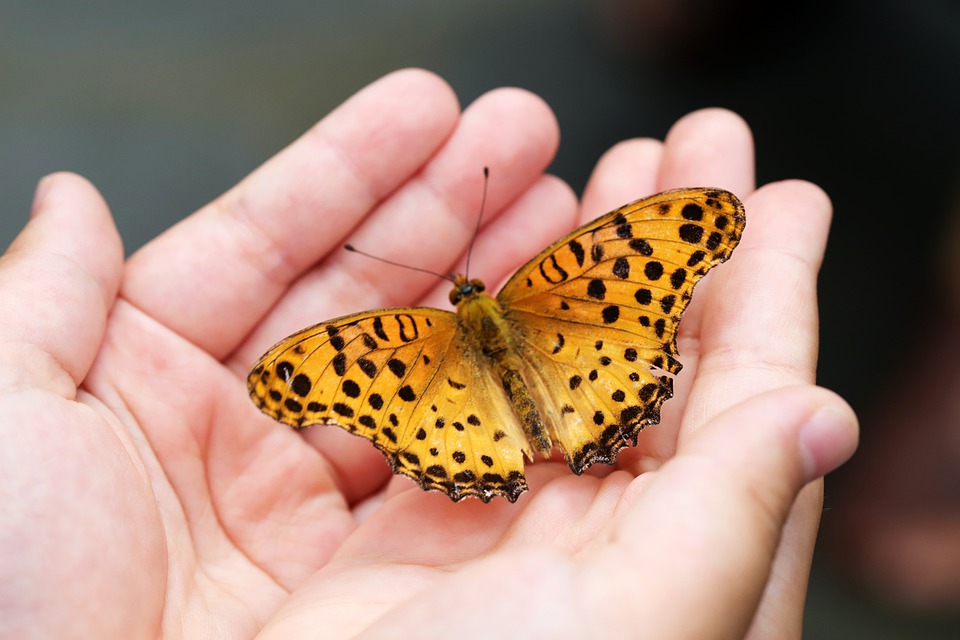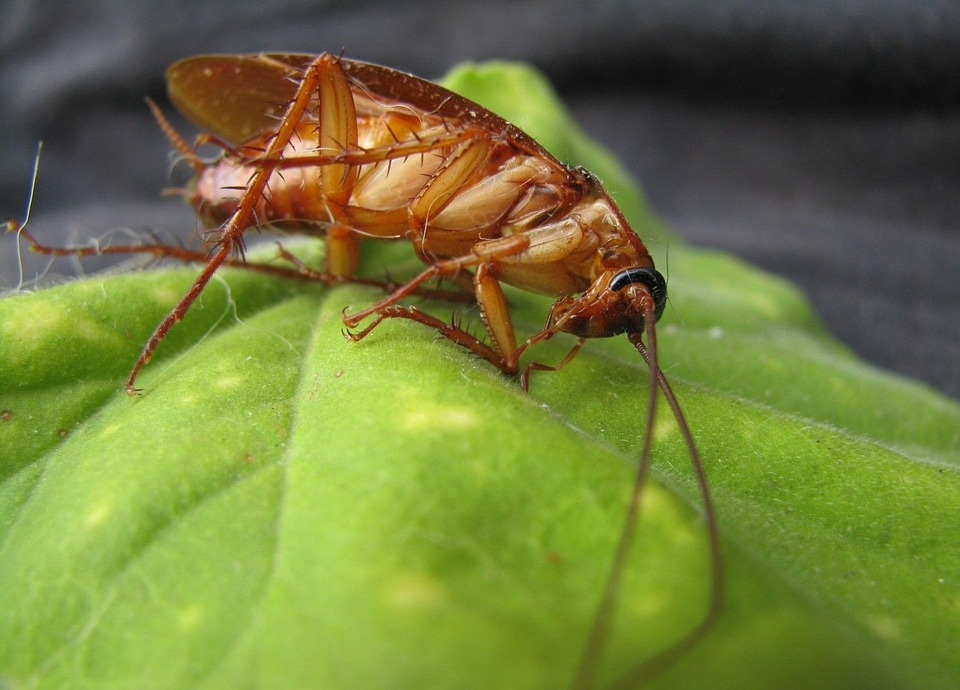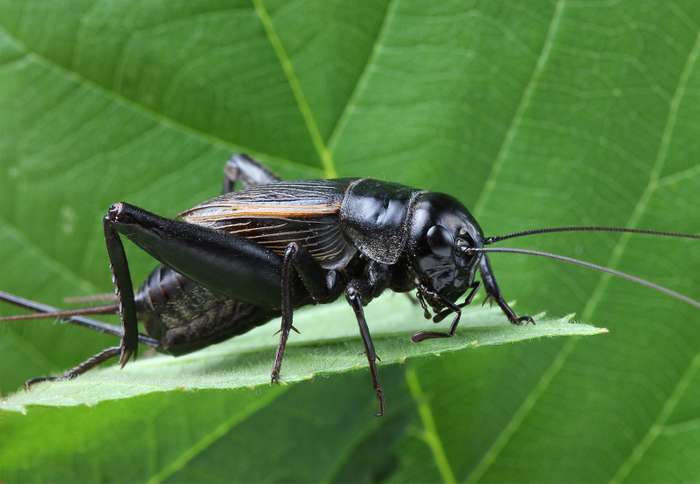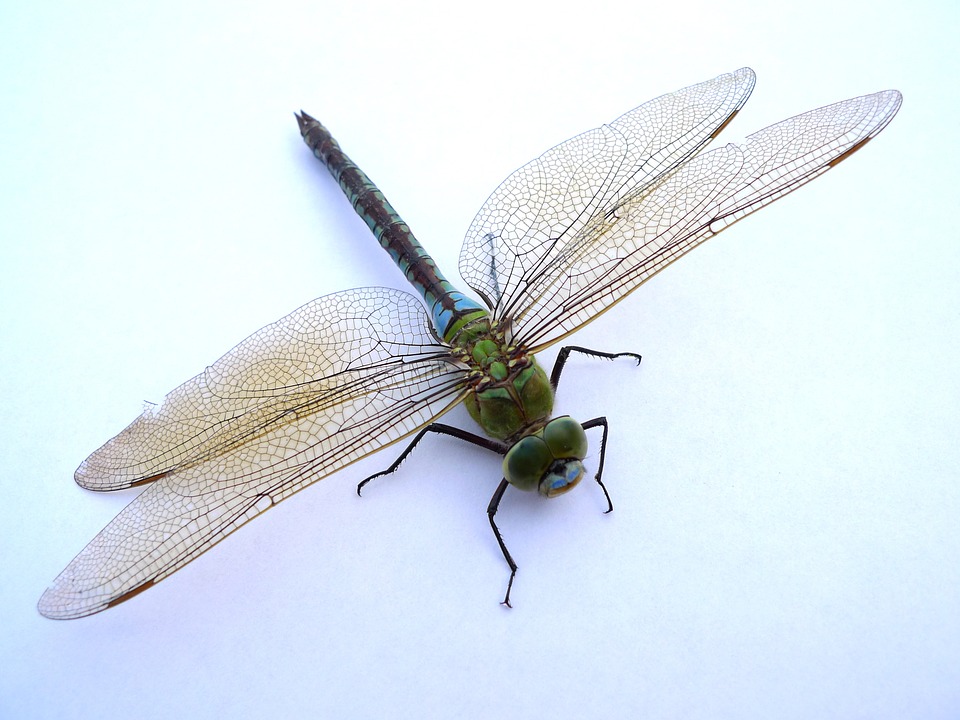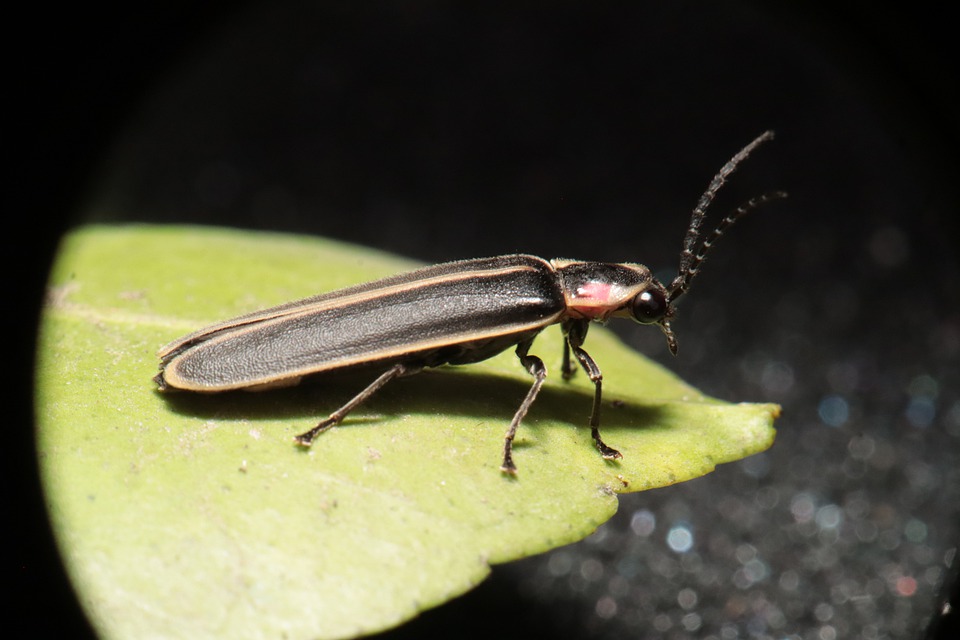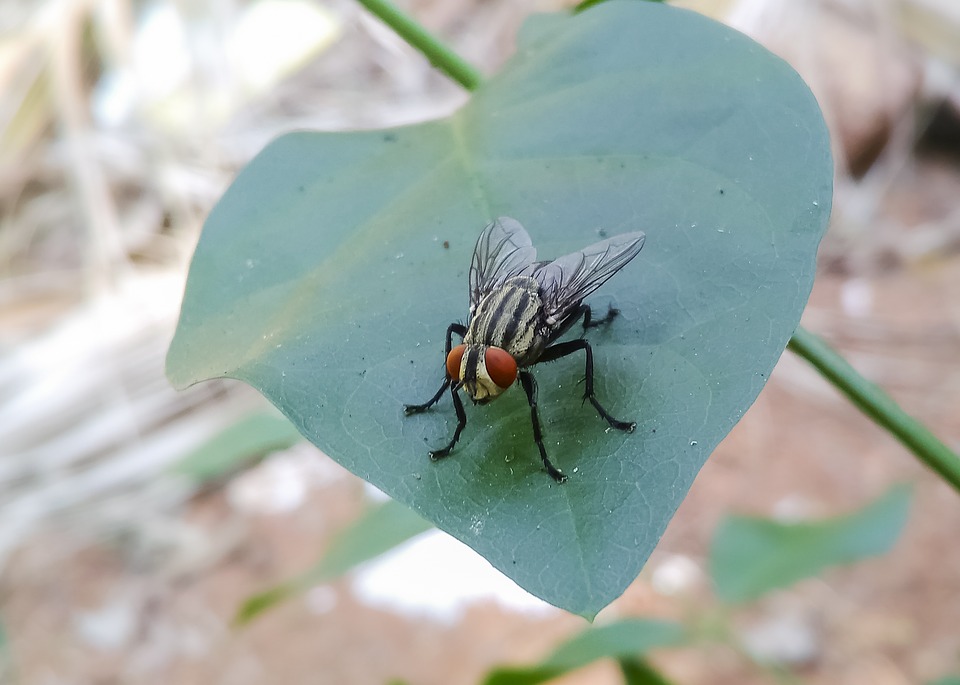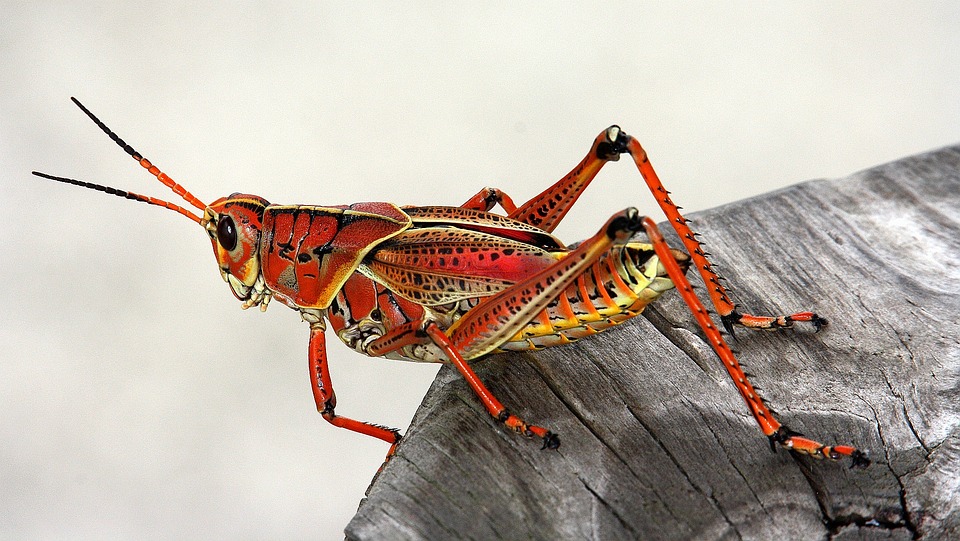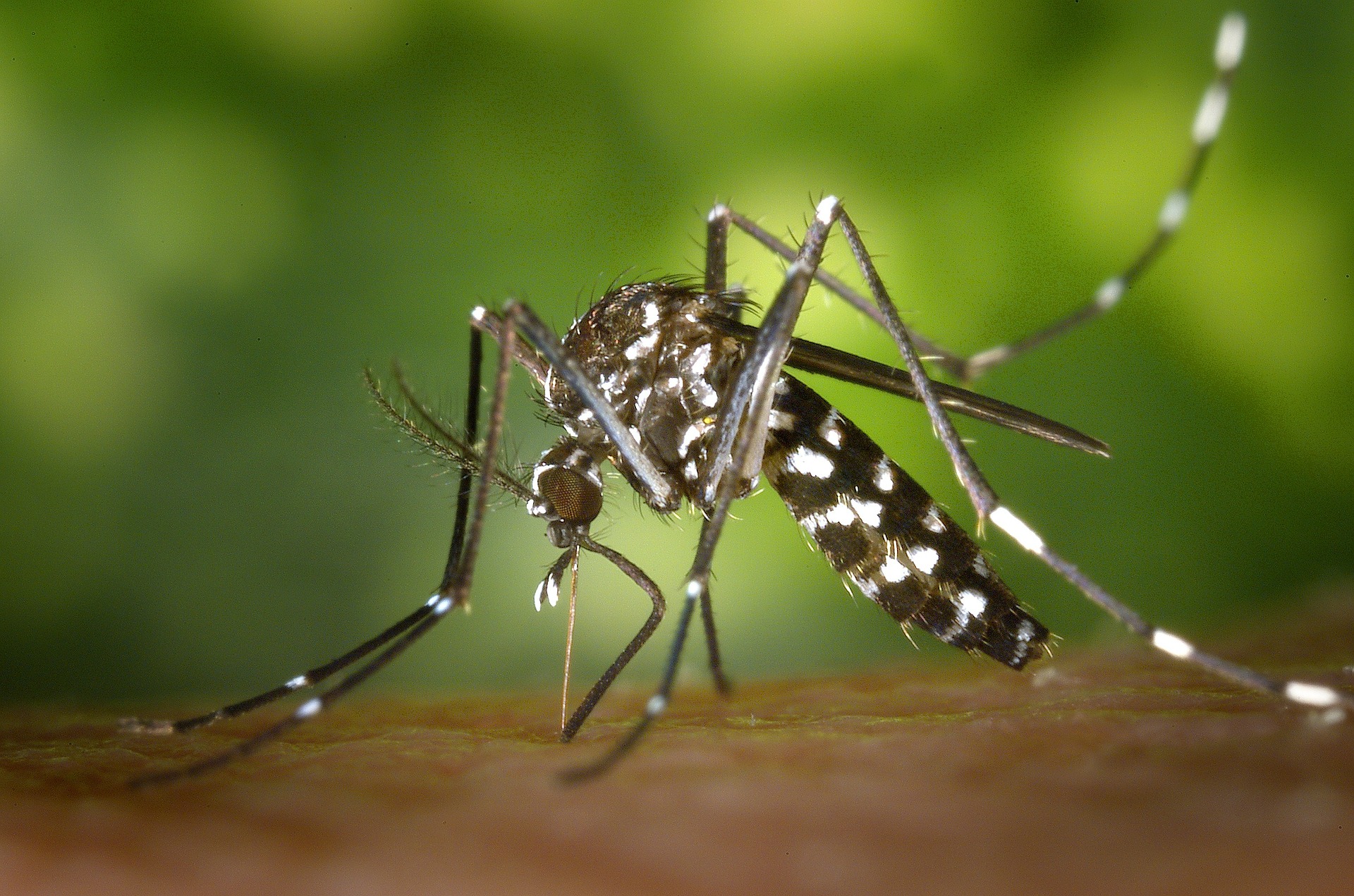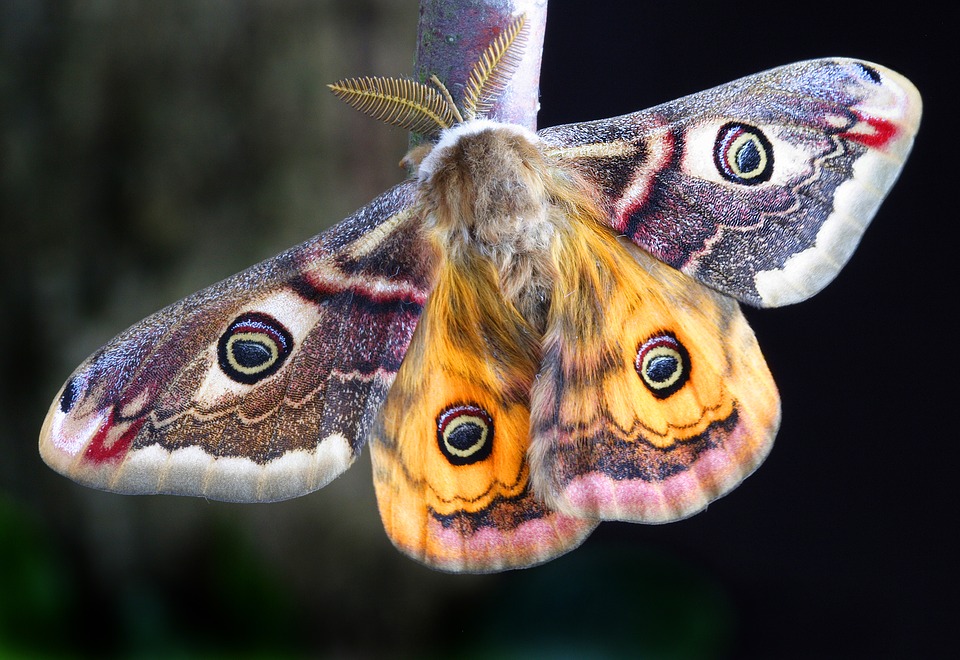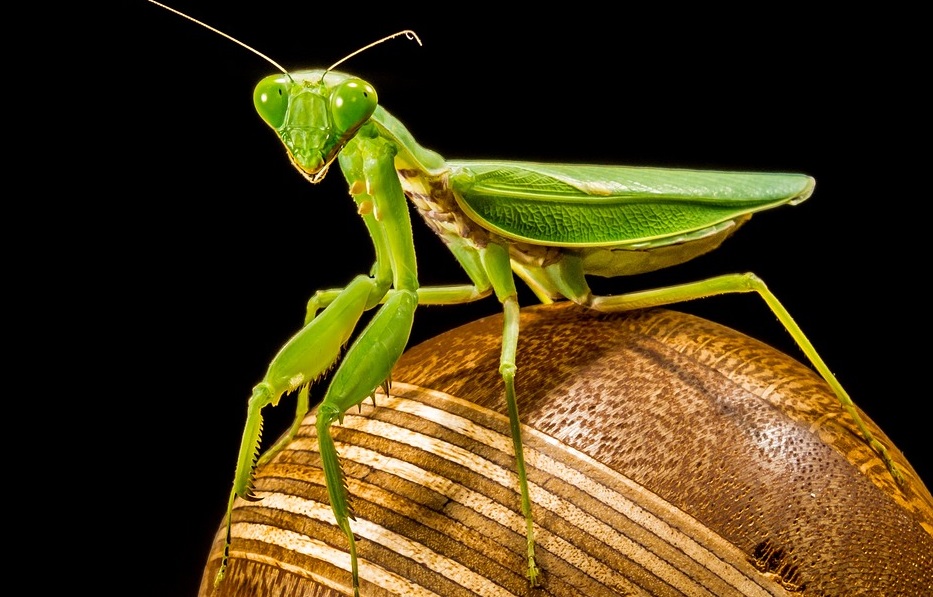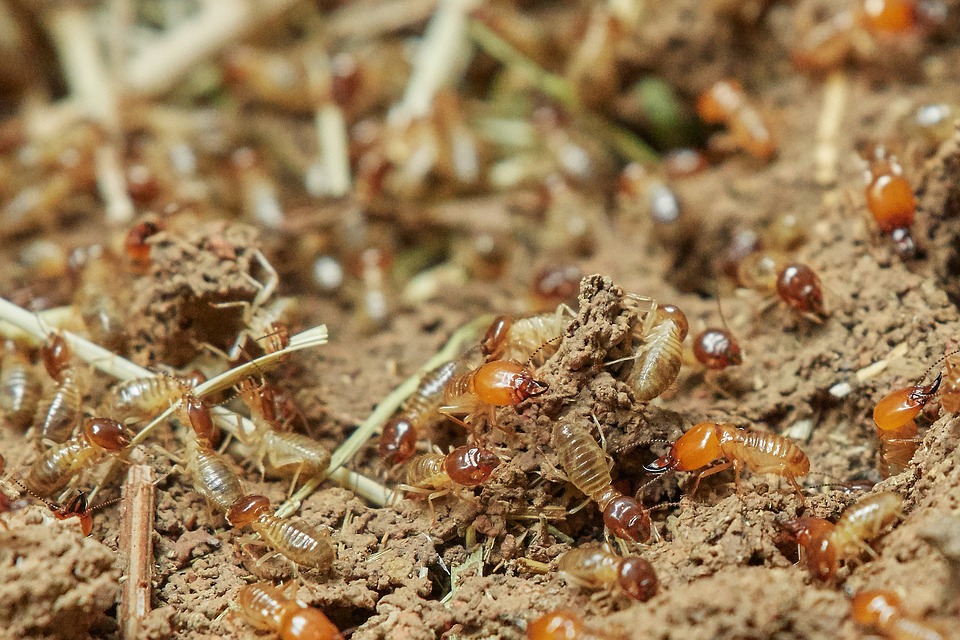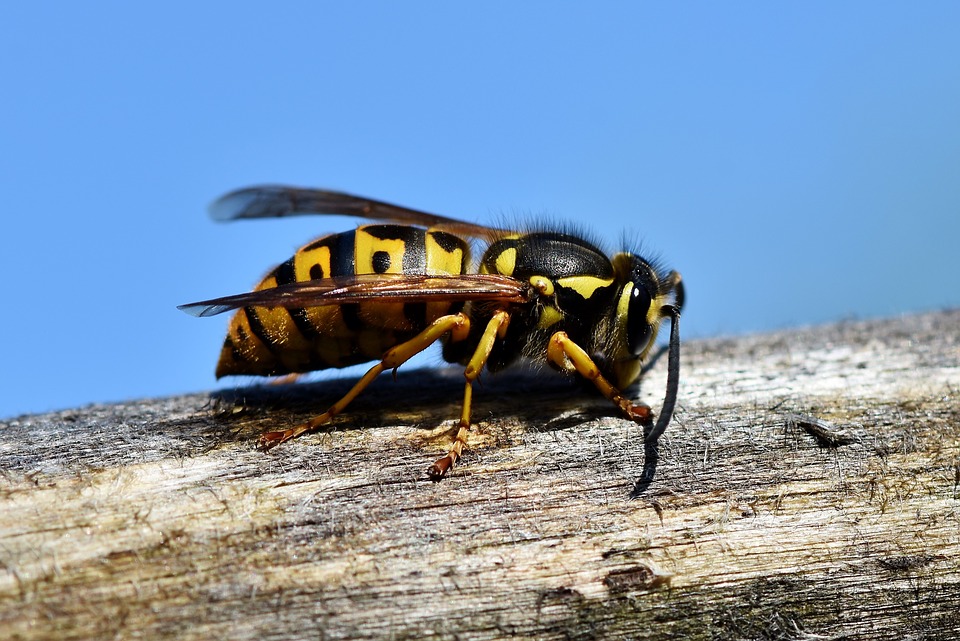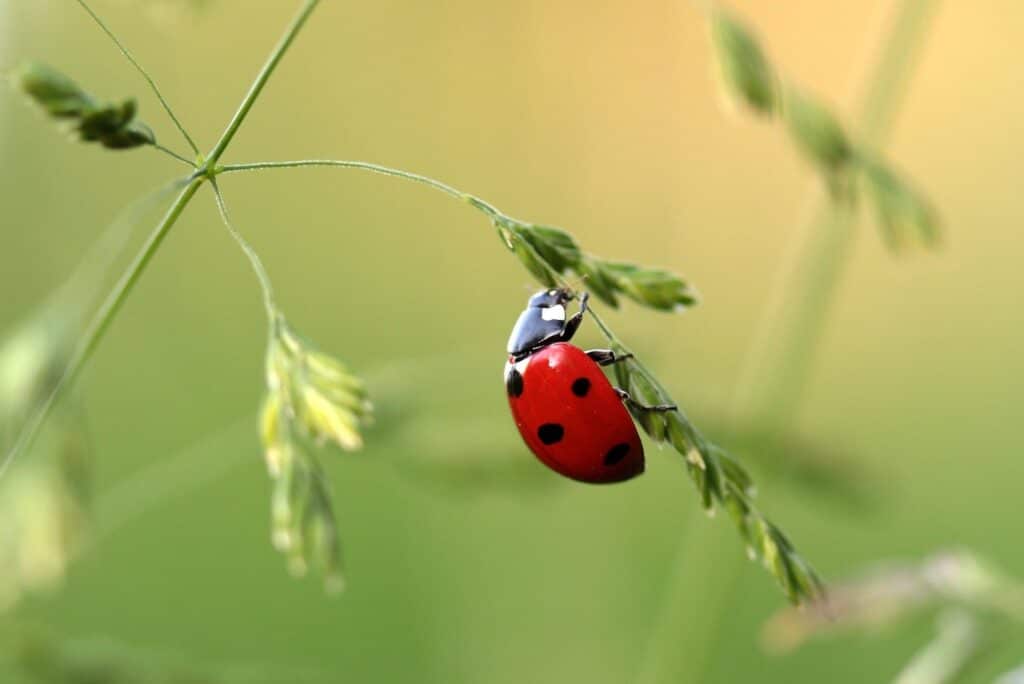
40+ Insects in English to Add Some Bugs, Buzz and Beauty to Your Vocabulary
Did you know that there are over 900,000 different kinds of insects, which make up 80% of the world’s animal species?
Don’t worry, though; you don’t have to learn all 900,000 to be insect fluent in English.
In this post, we will be focusing on more than 40 common insects in English to add to your practical (useful) vocabulary.
These are the bugs (another word for insects) that you will likely see while spending time outdoors, but hopefully not in your house.
Contents
- Insects in English to Expand Your Vocabulary
- Why Learn the Names of Insects in English?
- And One More Thing...
Download: This blog post is available as a convenient and portable PDF that you can take anywhere. Click here to get a copy. (Download)
Insects in English to Expand Your Vocabulary
From the most beautiful butterfly to the most disgusting cockroach, here’s your English insect vocabulary.
Ant
Ants are small social insects that live in underground colonies. You can easily recognize ants by their long legs, bent antennas and large, round abdomen.
Various types of ants:
- Army ant: travels in a group and eats almost everything in its path
- Bullet ant: indigenous (native) to South America, and known for its incredibly (very) painful sting
- Red fire ant: common in backyards and give a fiery bite
Bedbug
Bedbugs are annoying insects that live off of animal blood. They are known to bite humans when they sleep, leaving painful rashes. Bedbugs have flat, oval-shaped bodies.
Bee
Bees are flying insects that help pollinate plants. They are very important to the environment, and also to our own food supply.
Various types of bees:
- Bumblebee: a large, social bee that has a very fuzzy black and yellow body
- Carpenter bee: lives alone, can drill holes in wood and is able to sting more than once
- Honeybee: lives in a large colony and produces tasty honey
Beetle
Beetles are flying insects with hard wing cases. There are thousands of types of beetles, and they are known to help in the decomposition (breakdown of once-living things) process.
Various types of beetles:
- Ground beetle: brown beetles live in the dirt or underneath logs; they mostly come out at night
- Dung beetle: type of scarab beetle that uses animal dung to make nests
- Weevil: small beetle with a long snout; they consume (eat) leaves and, often, damage crops
- Ladybug: predatory beetle recognized by its red wings with black spots; they eat certain plant-eating bugs and are often used in farms as a natural source of pest control
Butterfly
Butterflies are an insect with a four-stage life cycle. You can recognize butterflies by their long, narrow abdomen, two antennae and colorful wings. A caterpillar will eventually turn into a butterfly.
Various types of butterflies:
- Monarch butterfly: orange and black butterfly that migrates (travels) to lay eggs
- Swallowtail butterfly: a brightly-colored butterfly with a long back wing that looks like a tail
- Zebra butterfly: a white and black-striped butterfly with a relatively long lifespan that, unlike most butterflies, consumes pollen
Cockroach
Cockroaches are common household pests that have existed for millions of years. They are recognized by their flat brown bodies and long antenna.
Cricket
Crickets are leaping insects that make a chirping sound. These insects are green, white or black and have very long hind (back) legs for jumping.
Dragonfly
Dragonflies are flying insects with four wings and a long body. They are often seen near freshwater.
Firefly or Lightning Bug
Fireflies are actually beetles—but are so special we thought we would give them their own place in this post!—that come out at night. These insects are known for the flashing lights on their bodies that they use to find mates.
Fly or Housefly
Flies are very common household pests. They have short lifespans and are recognized by the “buzzing” sound they make. These are the annoying insects that tend to show up when you are having a picnic outdoors.
Various types of flies:
- Fruit fly: found around rotting fruit and can reproduce (make babies) quickly
- Horsefly: found near water or large mammals, and can deliver painful bites
- Housefly: flying pests that can easily transfer bacteria to surfaces
Grasshopper
Grasshoppers are jumping insects with large hind legs. They are often brown or green. In some parts of the world, grasshoppers are cooked and eaten. Grasshoppers also have a big appetite and love to damage gardens.
Mosquito
Mosquitos are small flying insects that are known for biting humans. Their bites can transmit diseases and leave itchy, red bumps on the skin.
Moth
Moths are winged insects similar to butterflies, but they are often only active at night. They are an important food source for bats, birds and other animals.
Praying Mantis
Praying mantis comes in all different colors. This unique insect is recognizable by its long body and bent front legs that look like they are held in a prayer pose.
Spider

While technically, spiders are arachnids, not insects, they are known for their unique anatomy, which includes two body segments and eight legs.
They produce silk from specialized glands, using it for various purposes such as creating webs for prey capture, constructing egg sacs or as safety lines while moving.
Spiders are diverse in size and behavior, ranging from tiny jumping spiders to large orb-weaving species, and they play a crucial role in ecosystems by controlling insect populations.
Various types of spiders:
- Common House Spider: often encountered indoors, building messy, irregular webs in corners of rooms, closets and basements. Despite their somewhat intimidating appearance, common house spiders are harmless to humans.
- Black Widow: known for their distinctive black color and red hourglass-shaped markings on the abdomen. They are found in various regions globally. While the venom of female black widows can be harmful to humans, bites are relatively rare, and fatalities are extremely uncommon.
- Brown Recluse: known for its violin-shaped marking on its body. Despite its venomous bite, bites are uncommon, and severe reactions are rare.
- Garden Spider: known for their large, intricate, wheel-shaped webs. They are common in gardens and wooded areas and are generally harmless to humans.
Termite
Termites are white insects that look similar to ants. They are known for chewing wood and can cause significant damage to houses.
Wasp
Wasps are flying insects with colorful bodies and wings, similar to bees. They build nests and can sting predators multiple times.
- Yellowjacket: A yellow and black social variety of wasps; they play an important role in the environment by eating other bugs and keeping populations under control
FluentU takes authentic videos—like music videos, movie trailers, news and inspiring talks—and turns them into personalized language learning lessons.
You can try FluentU for free for 2 weeks. Check out the website or download the iOS app or Android app.
P.S. Click here to take advantage of our current sale! (Expires at the end of this month.)

Why Learn the Names of Insects in English?
Expand your English vocabulary
Learning insect names is a great way to expand your English vocabulary. As you learn a new insect name, consider writing it down. Maybe you can even try drawing a picture of it next to the word or include some adjectives (words that describe nouns) to describe the insect. Writing down new vocabulary is also a great way to get some spelling practice in.
Launch a career in science or environmental studies
If you are applying for an English-speaking position in the science field, your employer will expect you to have an understanding of advanced scientific terms. But you have to start somewhere, right? Learning the names of insects in English is an excellent place to begin!
Have a more meaningful visit at zoos and natural spaces
If you are exploring a zoo, park, natural history museum or even a greenhouse (an enclosed place where plants are grown) in an English-speaking environment, it would be helpful to understand the names of insects in English. You might see signs explaining the types of insects found in a space, so understanding this vocabulary will help you get more out of this type of experience.
Understand pop-culture references
From sports teams to superheroes (Spiderman, Antman, etc.), insects are frequently used in pop culture. By learning these bug names, you will pick up on references in movies or television shows that you might have otherwise missed.
For example, you can hear insect names used in the videos below:
In this easy-to-understand video, you will hear the names of multiple insects. Each insect name is repeated, which gives you the chance to repeat the name along with the video. When the video introduces each insect, it also includes a short fun fact!
Insect-related words you will hear in this video:
- Butterfly
- Grasshopper
- Mantis
Use this illustrated reading of the classic children’s book by Eric Carle to boost your insect vocabulary. As you listen, you will also hear the English words for a variety of numbers and food items.
Insect-related words you will hear in this video:
- Butterfly
- Caterpillar
- Cocoon
This TedEd video offers an interesting overview of the history of eating bugs. As you watch, you will learn why most humans no longer consider bugs a delicacy (luxury food item).
Insect-related words you will hear in this video:
- Beetles
- Termites
- Locusts
“The Loathsome Lethal Mosquito”
This TedEd video is geared towards advanced language learners. As you watch, you will learn all about the mosquito and its role in the environment. This video also gives you the chance to learn additional (extra) non-insect related vocabulary words.
Insect-related words you will hear in this video:
- Horsefly
- Pest
- Wasp
“Urban Beekeeping and Honey Love”
This informative documentary-style video will help you learn English vocabulary words related to bees and beekeeping. You will also learn more about the importance of bees and people who are working to save them.
Insect-related words you will hear in this video:
- Colony
- Honeybee
- Pollinate
With so many insects in the world, this list is just the beginning!
Who knows, soon you might find yourself on your way to learning hundreds, if not thousands, of insect vocabulary words in English!
And One More Thing...
If you like learning English through movies and online media, you should also check out FluentU. FluentU lets you learn English from popular talk shows, catchy music videos and funny commercials, as you can see here:
The FluentU app and website makes it really easy to watch English videos. There are captions that are interactive. That means you can tap on any word to see an image, definition, and useful examples.
For example, when you tap on the word "searching," you see this:
Learn all the vocabulary in any video with quizzes. Swipe left or right to see more examples for the word you’re learning.

FluentU helps you learn fast with useful questions and multiple examples. Learn more.
The best part? FluentU remembers the vocabulary that you’re learning. It gives you extra practice with difficult words—and reminds you when it’s time to review what you’ve learned. You have a truly personalized experience.
Start using the FluentU website on your computer or tablet or, better yet, download the FluentU app from the iTunes or Google Play store. Click here to take advantage of our current sale! (Expires at the end of this month.)
